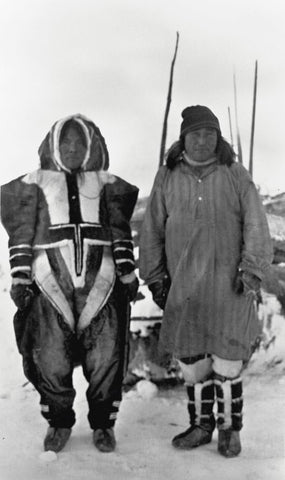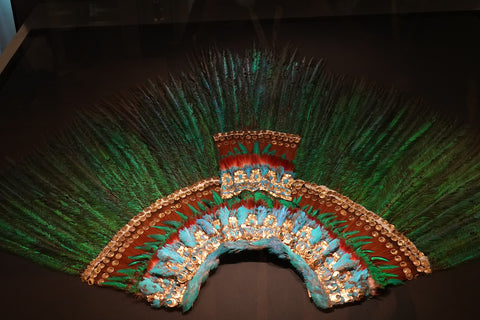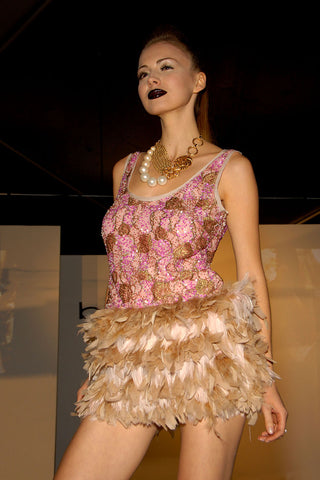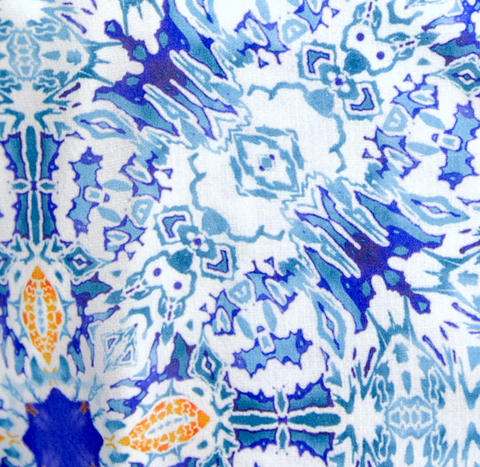1. Feathers as Shelter: Nature’s Insulation

2. Feathers as Status: Symbols of Power and Prestige

Across ancient civilizations, feathers symbolized not only beauty but hierarchy and divinity. Aztec nobility adorned themselves with the shimmering green tail feathers of the quetzal bird, a resource so precious it served as currency. Feathered headdresses in ceremonial dress were not mere accessories—they were declarations of power.
::=::
3. Feathers as Currency: Trading in Plumage

4. Feathers as Fashion: From Flappers to Haute Couture

By the 18th and 19th centuries, feathers had taken flight on hats, fans, and gowns, often harvested irresponsibly to meet growing demand in European fashion. The feathered hats of the Edwardian era were so extravagant they spurred early conservation efforts. In the 1920s, flapper dresses swayed with ostrich feather trims, giving rise to the modern language of opulence in motion.
Today, feathers are reimagined in editorial and runway fashion, where movement, texture, and volume are prized. From couture collections to minimalist accents, they continue to enchant.
5. Feathers as Responsibility: A Shift Toward Sustainability
Modern designers—ourselves included—are rethinking the legacy of feathers. Ethical sourcing, conservation awareness, and biomimicry now shape how feathers appear in fashion. The goal: honouring their historical significance without harming the birds that inspire us.
At Ipakshi, although we do not use feathers in our garments, we translate their plumage into print, paying tribute to the bird’s palette, pattern, and presence rather than its physical form.
::=::
6. A Feathered Philosophy
Every Ipakshi garment tells the story of a bird, not through feathers but through fine silks, soft cottons, and natural fibres, through colours and motifs rooted in nature. Our pieces in the Dance of the Ultramarine collection are inspired by the ultramarine lorikeet, a radiant bird from the Marquesas Islands, whose electric blues and turquoise shades inform our designs.
Feathers have circled through human history—as insulation, as wealth, as art. At Ipakshi, we’re not just inspired by birds. We honour them.



